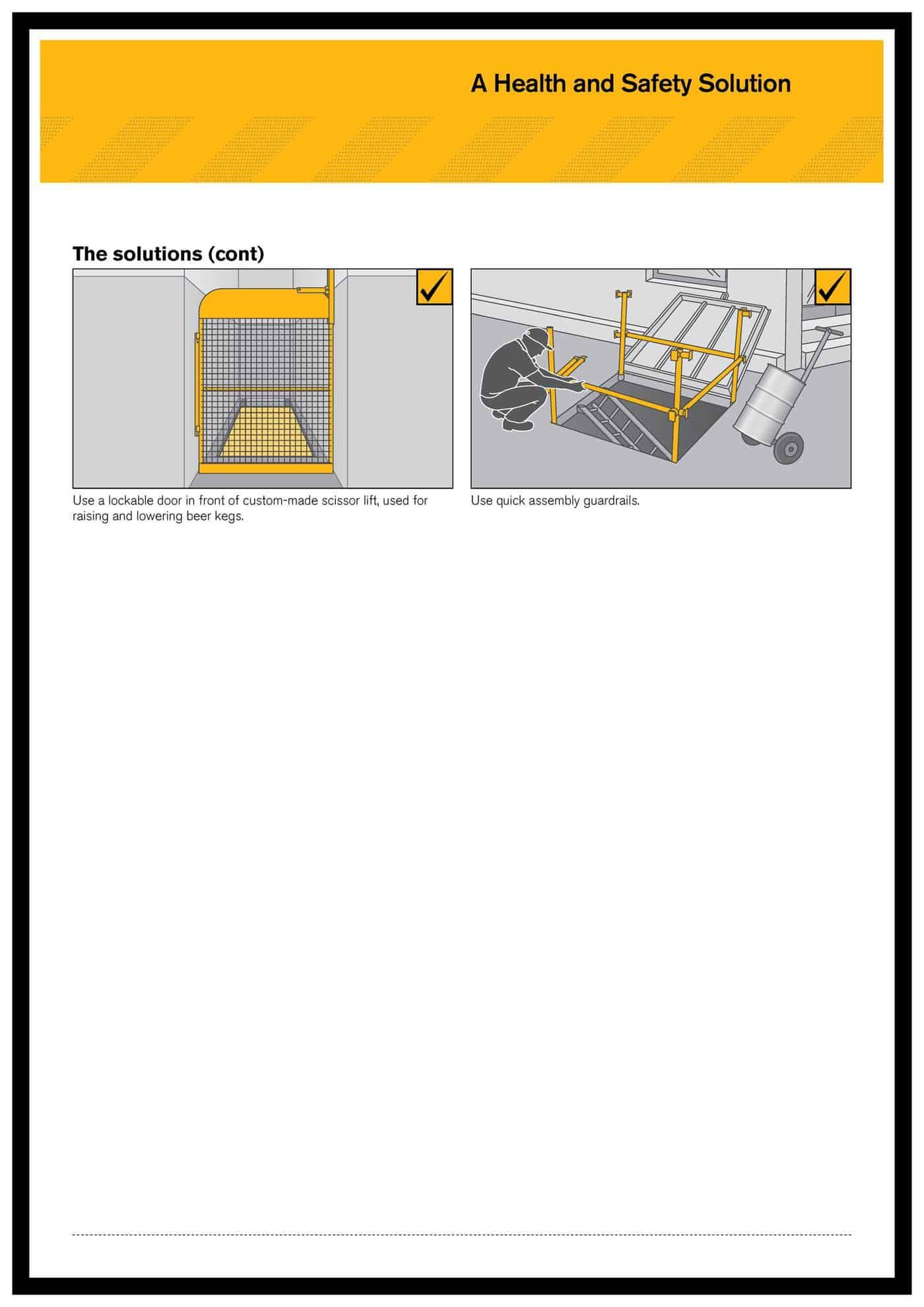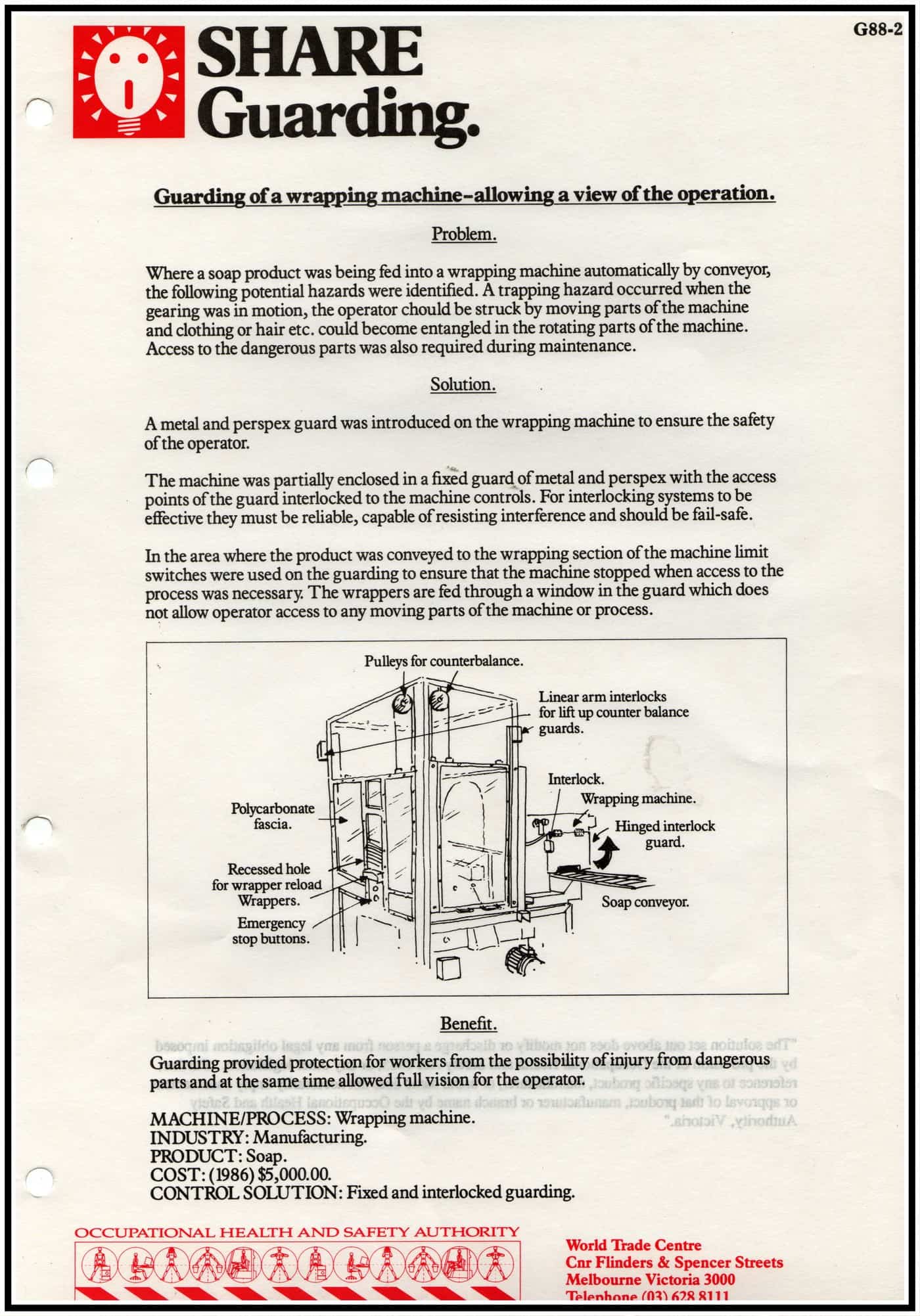Ever since modern offices have relied on air conditioning for ventilation, indoor air quality has been a contentious occupational issue from other people’s smells to thermal comfort to photocopier toner dust.
The prominence of air quality in offices as an OHS issue can be illustrated by a paragraph from the 1997 edition of Officewise when cigarette smoke remained a real hazard. No mention was made of plants.
“Air in offices may be contaminated by several different sources, including odours and micro-biological and chemical contaminants. In an office environment, the quality of the air is often controlled through an air conditioning system. A building’s air conditioning system may be considered as its lungs. The function of such a system is to draw in outside air, filter, heat, cool or humidify it and circulate it around the building. The system expels a portion of the air to the outside environment and replaces this expelled portion with fresh or outside air.”
Continue reading “Forest not required – indoor air quality and plants”






